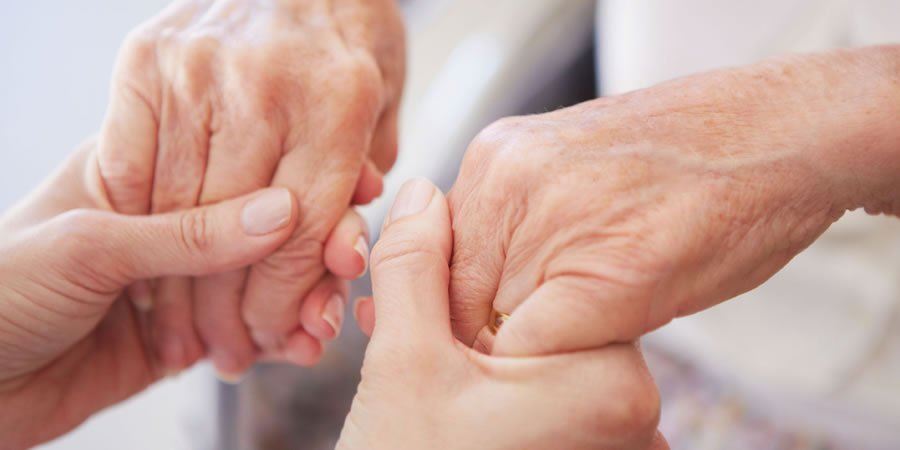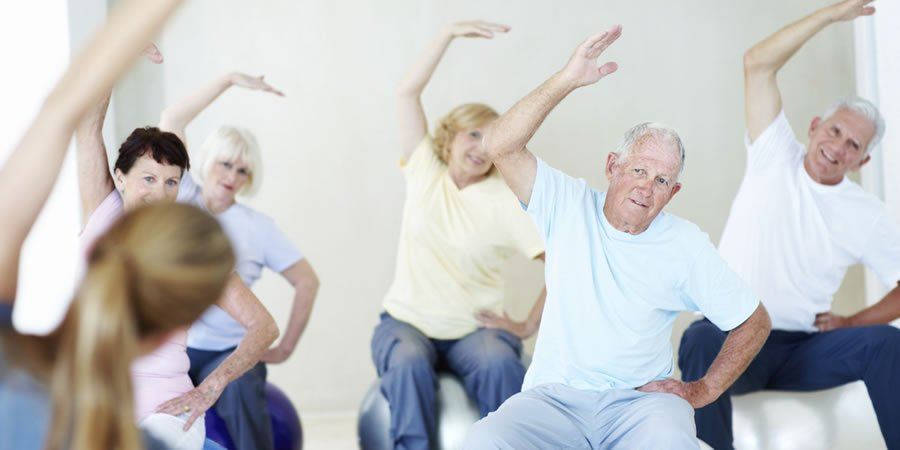Over the years, I’ve had the opportunity to work with several people with Parkinson’s Disease (PD) in various stages of their diagnosis. My interest in this population inspired me to get my LSVT certification (a special protocol exercise program for people with PD) and I’ve been applying the principles to both my Physical Therapy and Pilates practice ever since. While it is long known that people with PD should be engaging in all types of exercise, the benefits of Pilates in PD hasn’t been explored as much. Hopefully by the end of this blog, you will see how Pilates can be extremely beneficial to those with PD; but first, let’s do a quick overview of what exactly PD is.
Parkinson’s Disease(PD) is the second most common neurodegenerative disorder, affecting 1% of people over the age of 65. PD is a diagnosis which affects the area in the brain called the substantia nigra –the house where an important neurotransmitter, dopamine, is created. Dopamine is a chemical messenger which plays a vital role in movement and mood. PD is a progressive disease in which there is LESS dopamine being produced in the brain, thus characterized by symptoms such as slow movement, rigid muscles, impaired coordination, postural instability, and oftentimes depression. Current research supports that frequent intensive exercise focusing on promoting flexibility, aerobic exercise and strength training are essential in helping slow down the progression of PD.
Improve balance
People with PD have between 38-73% more fall-related injuries as compared to one without a neurodegenerative disease. Pilates exercises address balance and coordination in multiple positions throughout a session. During a class, your pilates instructor may have you start in a supine (face up) position, then work towards seated, quadruped (on all 4’s) and then finally progressing to the smallest base of support for balance: standing. Within safe limits, you may also find that there are exercises requiring you to balance on one leg. Addressing single limb stance in people with PD is very important as it has been found to be correlated with fall risk-meaning that the longer you are able to balance on one leg, the lesser your likelihood of falling is.
Improve quality of life
People with PD often list depression as one of the top non-motor symptoms they have after receiving their diagnosis; this is due to the physiological fact that dopamine helps control the pleasure center in the brain, but also because they are being faced with a lifelong disease. However, exercise is able to combat depression. Rafferty et. al. found that people with PD who exercised regularly for at least 2.5 hours a week reported improved quality of life over a two year period as compared to those that didn’t exercise. Exercising with Pilates has the added benefit of an accountability partner(whether it is your instructor in a 1-on-1 session or the person that is always on the reformer next to you in a group class), which always makes the sweat more enjoyable!
Improve posture
Due to the muscle rigidity in people with PD, they present with decreased flexibility which leads to joint and muscular pain. Pilates improves flexibility by use of props and equipment (We all love the ‘feet in straps’ exercise on the reformer at the end of class to help mobilize our hips!). Verbal and tactile cues throughout Pilates sessions aim to optimize length and elongation from head to toe. Postural awareness exercises in the client with PD will help improve thoracic mobility,back extensor muscle strength, and overall balance since their center of gravity will be more optimally aligned.
Important tips
Given the increased postural instability in people with PD, it is of utmost importance to guard closely when performing balance tasks. It would be recommended for someone with PD to initiate a Pilates strengthening program via private sessions with an instructor or PT that has experience working with the PD population prior to engaging in group classes. It is also preferred for the Pilates instructor or Physical Therapist to cue “BIG” movement with someone with PD, as their disease causes them to move with very slow and small motions. Finally, it is key to coordinate sessions around the client’s medication schedule. In the beginning stages of a Pilates program, it would be best to plan the session at the optimal time of medication (also known as “On Time”) as the client will have the most successful movement experience during this time. After a client is advancing with Pilates, it would be beneficial to periodically do sessions during the “Off time” of medication to help the him/her practice when most vulnerable and help promote carry over of motor learning tasks to real world balance tasks.
As with all neurodegenerative disorders, people with PD should receive medical clearance from their doctor or physical therapist prior to engaging in a Pilates program. For more information on Parkinson’s Disease, a great resource is www.parkinson.org. And to anyone with Parkinson’s Disease out there-Keep moving and fight back!










